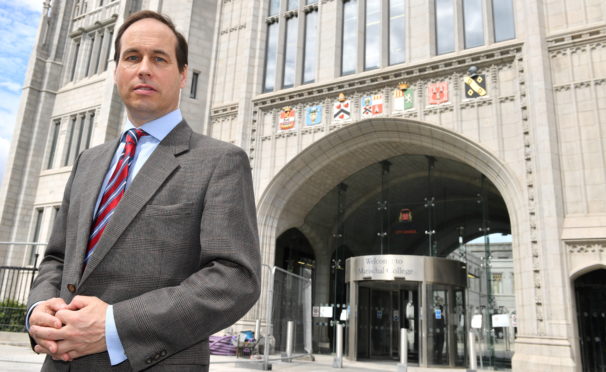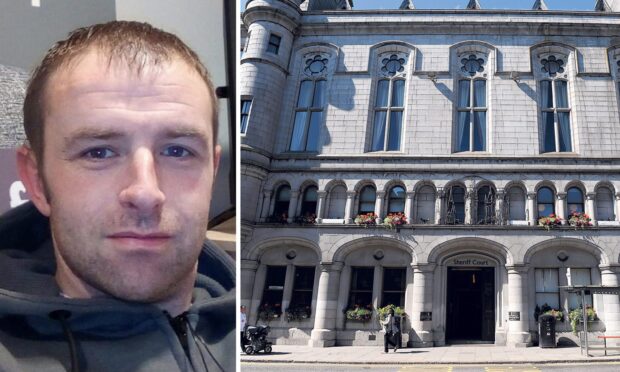Staff absences at Aberdeen City Council have been slashed over the last year – but stress and other psychological reasons remain the main reason for sick days.
Last October there were 7,834 days lost to sickness among the around 8,000-strong workforce – with the figures similar in the proceeding months.
But the number dropped to 5,835 days this October following a prolonged campaign by the local authority to bring down the number of days taken off through illness.
However, psychological illness remains the top reason given for being absent – accounting for around 27% of cases.
Last May, union chiefs warned that local authority staff were working in a “pressure cooker” environment.
With increasing cuts to council budgets, staff have been warned they must be more flexible and consider taking other roles, while last year there was also a voluntary redundancy drive.
Since 2015, the council has put on courses in the likes of alternative therapies, pilates, yoga, tai chi and mindfulness to bring down absence rates.
These courses are paid for individually by staff using them and this year the council took part in a mental health awareness day.
A report to yesterday’s staff governance committee, where the figures were presented, confirmed that the “two main reasons” for absences were for psychological reasons and musculoskeletal conditions – such as tendinitis, carpal tunnel syndrome, osteoarthritis, rheumatoid arthritis and fibromyalgia.
The report stated: “A person can experience excessive pressure and demands outside work just as much as they can at work.
“Stress tends to build up over time because of a combination of factors that may not all be work-related.
“Conflicting demands of work and home can cause excessive stress. Stressors at home can affect those at work and vice versa.”
Committee member Martin Greig said: “Workplace stress is rightly being more recognised as an important factor that we deal with as a responsible employer.
“What is the long term plan for this?”
Mr Grieg was told that 30 employees had been trained as “mental health first aiders” and the authority would look to potentially increase this.










